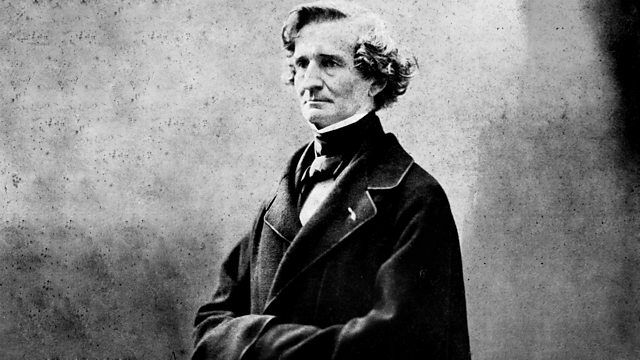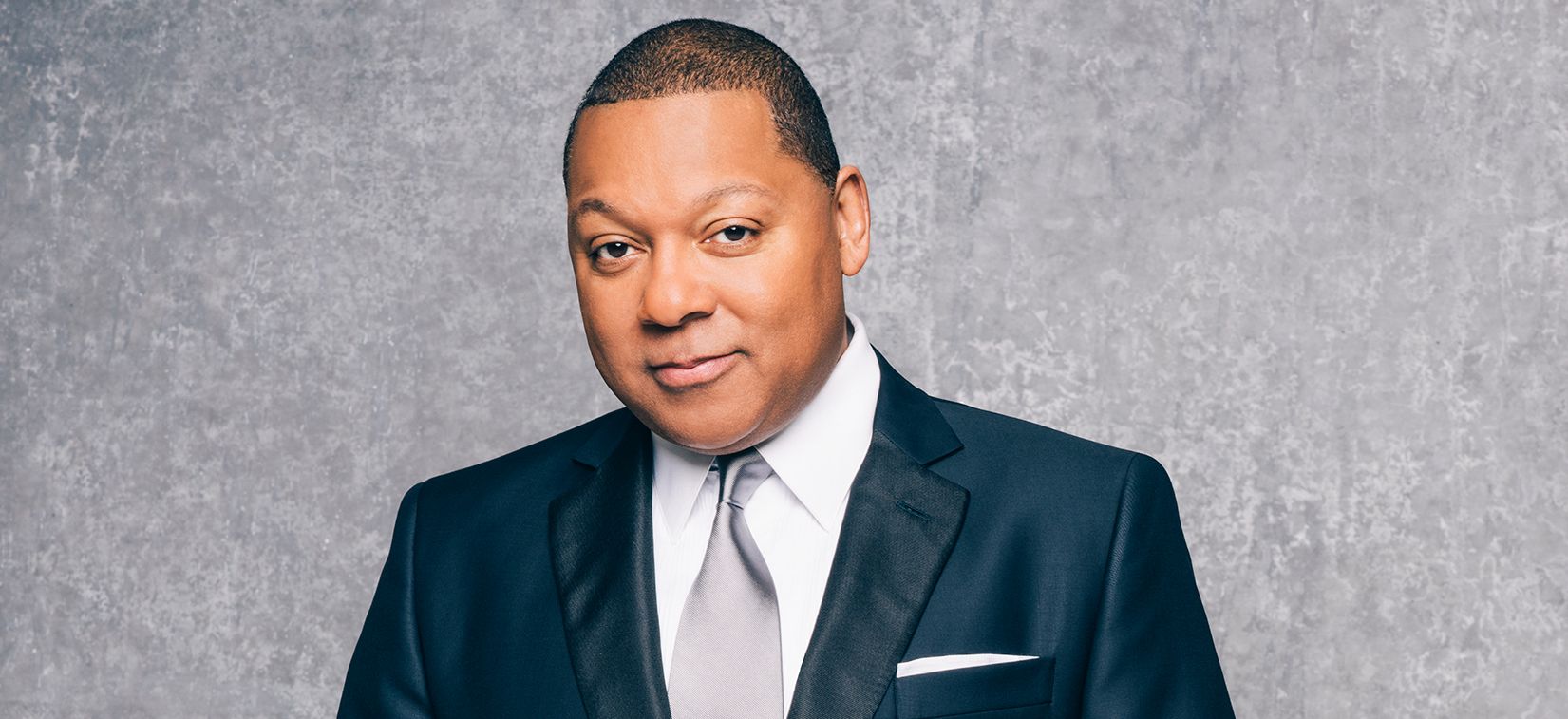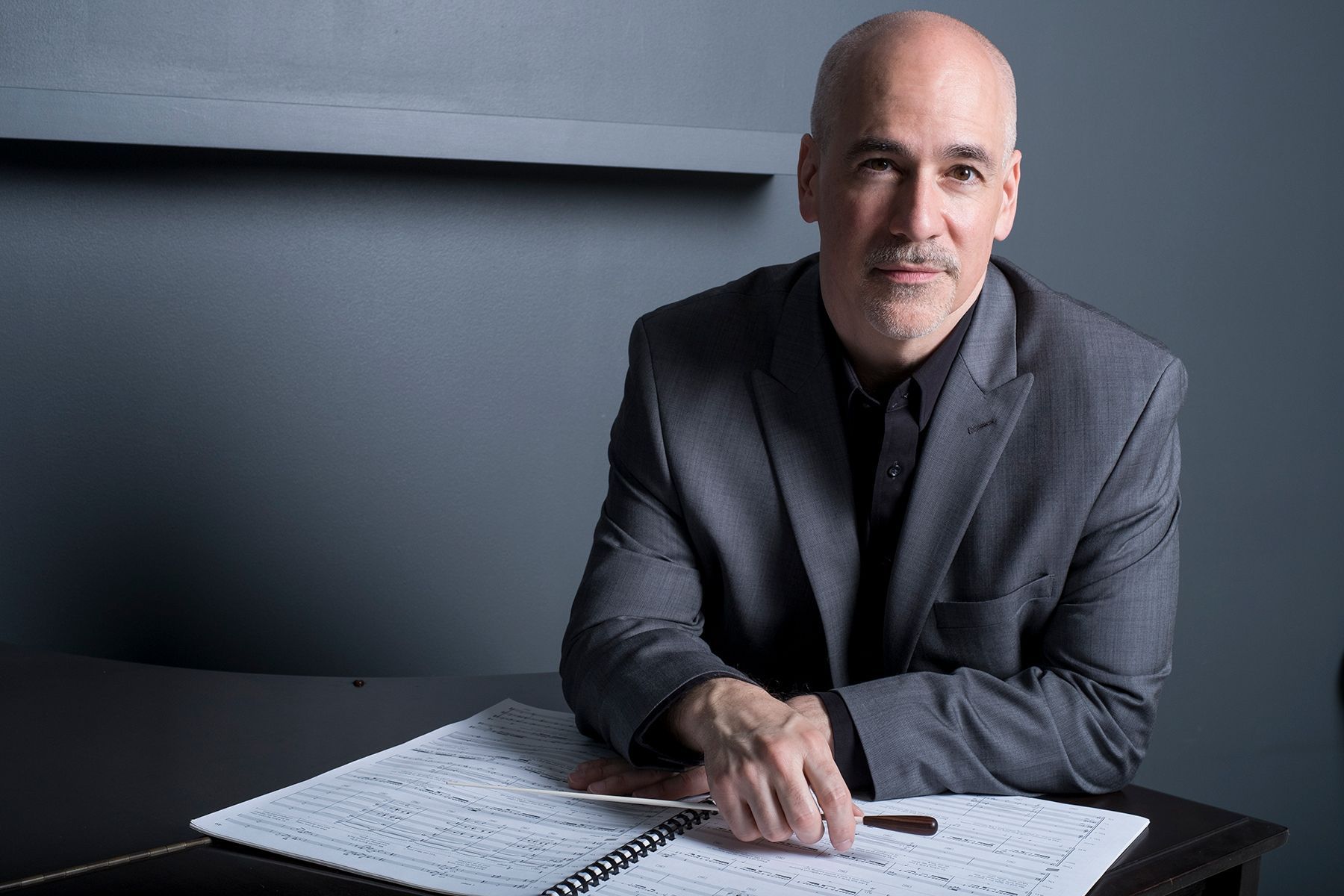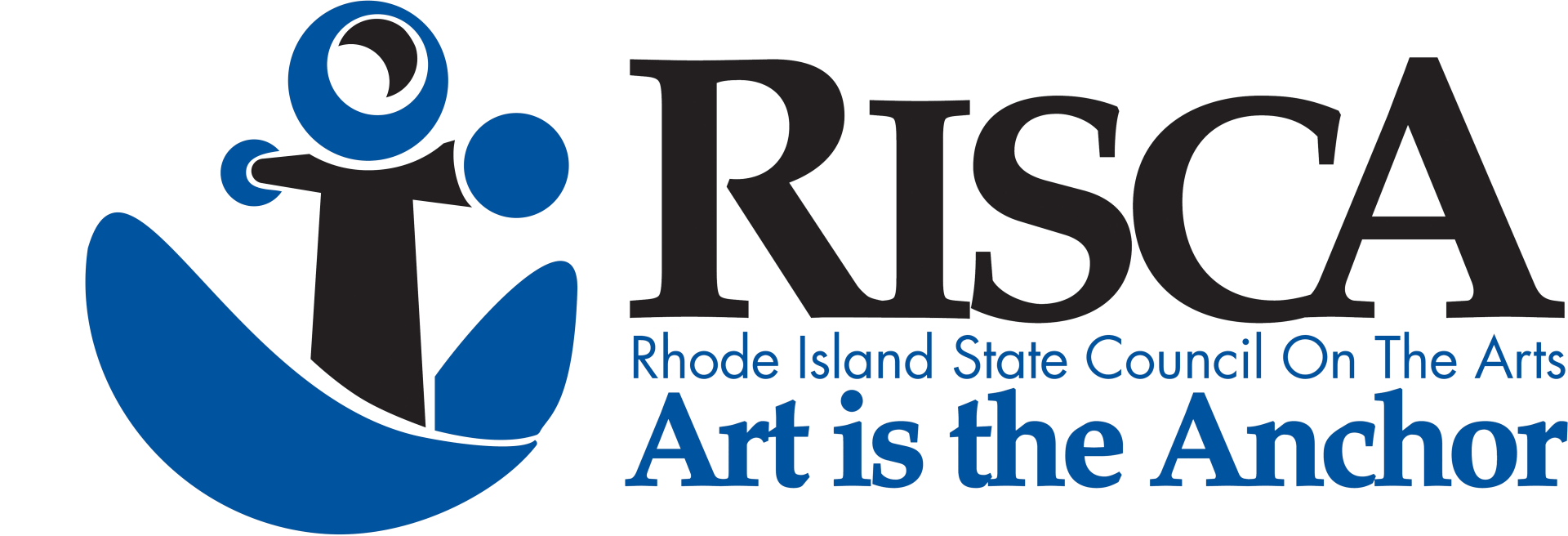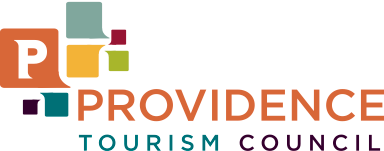Join our newsletter
Get the latest news delivered to your inbox.
Menu - Newsletter Form
401.248.7070 | 667 Waterman Avenue, East Providence, RI 02914
THE STORY BEHIND: Brahms' Symphony No.1
Share
On March 15 & 16, conductor Joseph Young and the Rhode Island Philharmonic Orchestra will present TCHAIKOVSKY'S FIRST PIANO CONCERTO with pianist Tony Siqi Yun.
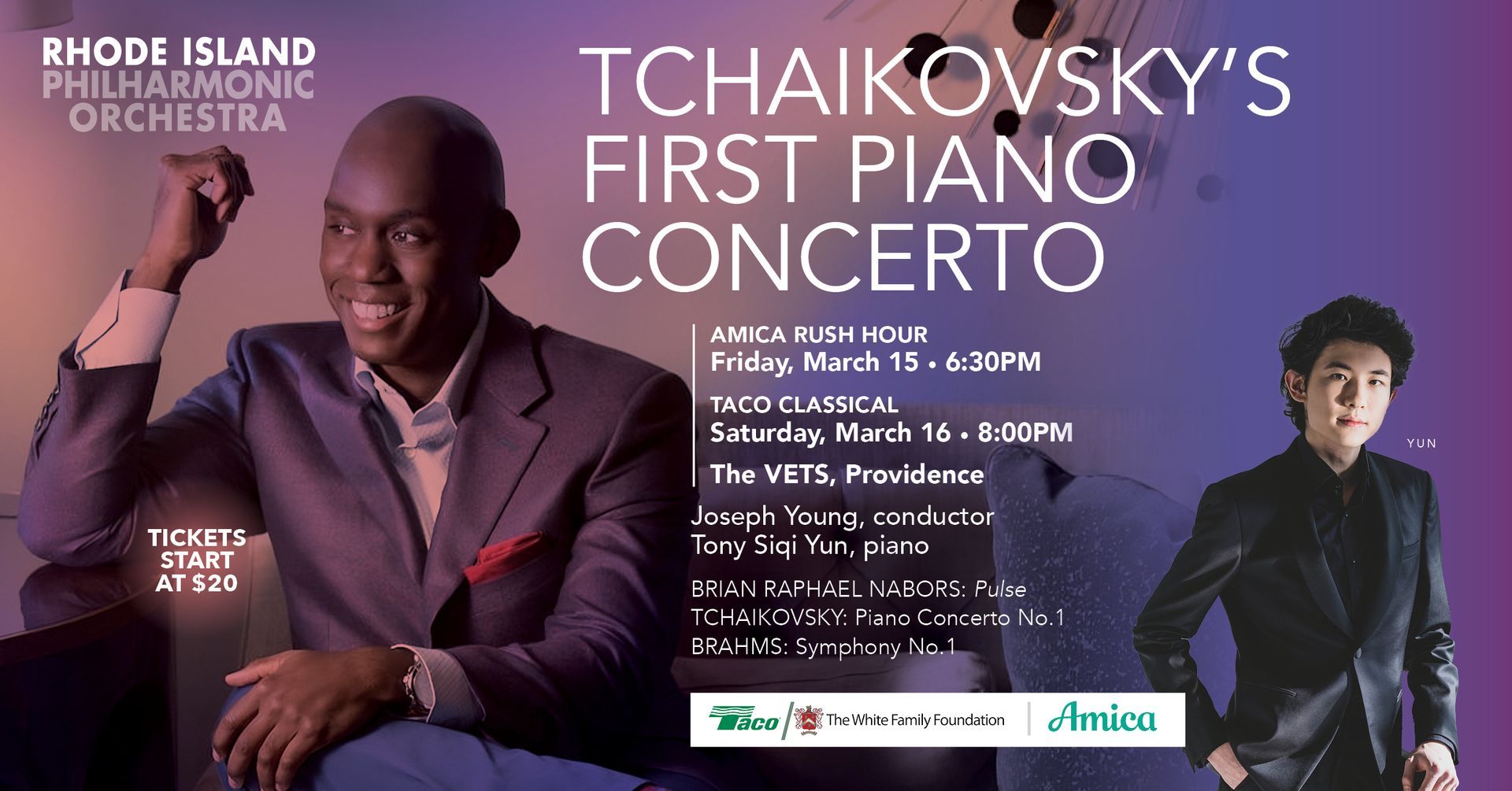
Title: Symphony No.1, op.68, C minor
Composer:
Johannes Brahms (1833-1897)
Last time performed by the Rhode Island Philharmonic:
Last performed September 25, 2010 with Larry Rachleff conducting. This piece is scored for two flutes, two oboes, two clarinets, two bassoons, contrabassoon, four horns, two trumpets, three trombones, timpani and strings.
The Story: Although the First Symphony by Johannes Brahms was not premiered until the composer was middle-aged, its genesis dates from 1854, when he was only 21. That was a time of emotional turmoil for Brahms, the year his friend and mentor, Robert Schumann, was institutionalized for the last time. Brahms seems to have been tormented further by his love for Clara Schumann. Musically, the result was passionate, often stormy music that reflected his moods, leading some writers to call this Brahms’s “Storm and Stress Period.” One tempestuous effort of late 1854 was the initial draft of the first movement to the Symphony No.1. Why, then, did Brahms not complete the symphony immediately? And why did he delay 22 years before allowing it to be premiered? The answers are not easy.
One problem was Brahms’s apostolic self-image and self-effacing, perfectionist attitude. These often caused him to hold back for many years works with which he was not entirely satisfied. Apparently, a significant problem with the symphony was reconciling later movements with the stormy, passionate opening movement. In any case, after the not altogether successful premiere of the Piano Concerto No.1 (1859), Brahms released no major orchestral works until the
Variations on a Theme of Haydn (1873). By that time, the First Symphony had already been completed except for its slow movement and sostenuto introduction.
Another issue was Brahms’s classicism. At the time, audiences were conditioned to expect free-spirited “programmatic” symphonies (pictorial, scenic, or story-telling). Brahms was an anomaly. He employed objective, classic forms and musical textures quite strictly, showing his reverence for Haydn, Mozart, Schubert, and Beethoven. Therefore, comparisons between his symphony and those of the earlier Viennese masters were sure to be made, and that caused Brahms to be hesitant. When he finally overcame all these misgivings, the symphony premiered in 1876 with considerable success. Public acceptance as a symphonic composer gave him the confidence he needed for a period of intense orchestral/concerto writing that continued for another 14 years.
Predictably, the First Symphony of Brahms was compared with Beethoven’s symphonies, especially the Ninth. The Brahms work was long, and, as the composer put it, “Any donkey” could see the resemblance between the hymn-like melody of the fourth movement and Beethoven’s setting of the “Ode to Joy.” (Soon after the premiere, Brahms’s First Symphony became nicknamed “Beethoven’s Tenth.”)
The themes of those outer movements is pure Brahms. The composer balances the stormy passion of the opening by making the fourth movement’s slow introduction equally intense. However, the themes of those outer movements and their treatment are noble and heroic. By contrast, the inner movements are almost serenade-like with their sweet lyricism. The violin solo near the end of the second movement is especially noteworthy in this regard. The congenial third movement is a fine example of Brahms’s tendency (learned from Schumann) of replacing the classic, traditional quick scherzo with a sweet, congenial “intermezzo” of moderate speed.
Unlike Brahms’s later symphonies, the First was exploratory. Yet, perhaps because it evolved slowly, this symphony has a unique and masterful expression that accords it a special place among his orchestral works.
Program Notes by Dr. Michael Fink © 2023 ALL RIGHTS RESERVED
Tickets start at $20! Click HERE or call 401-248-7000 to purchase today!

